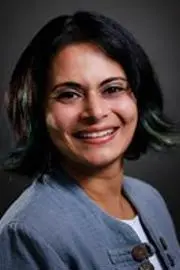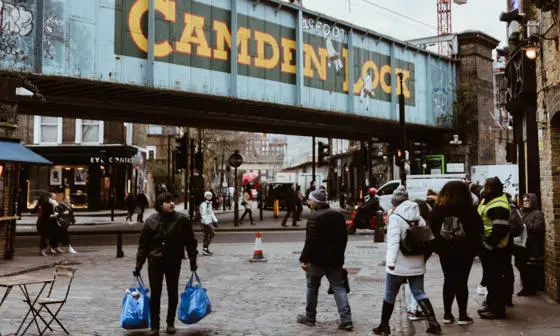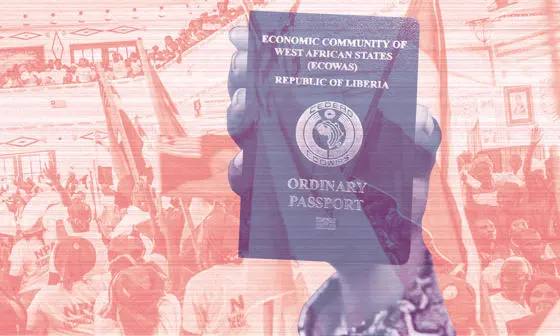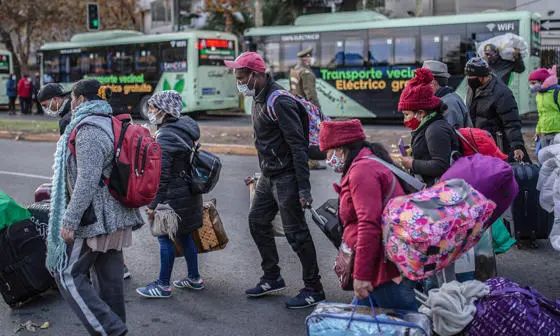How are refugees transforming the cities they live in?
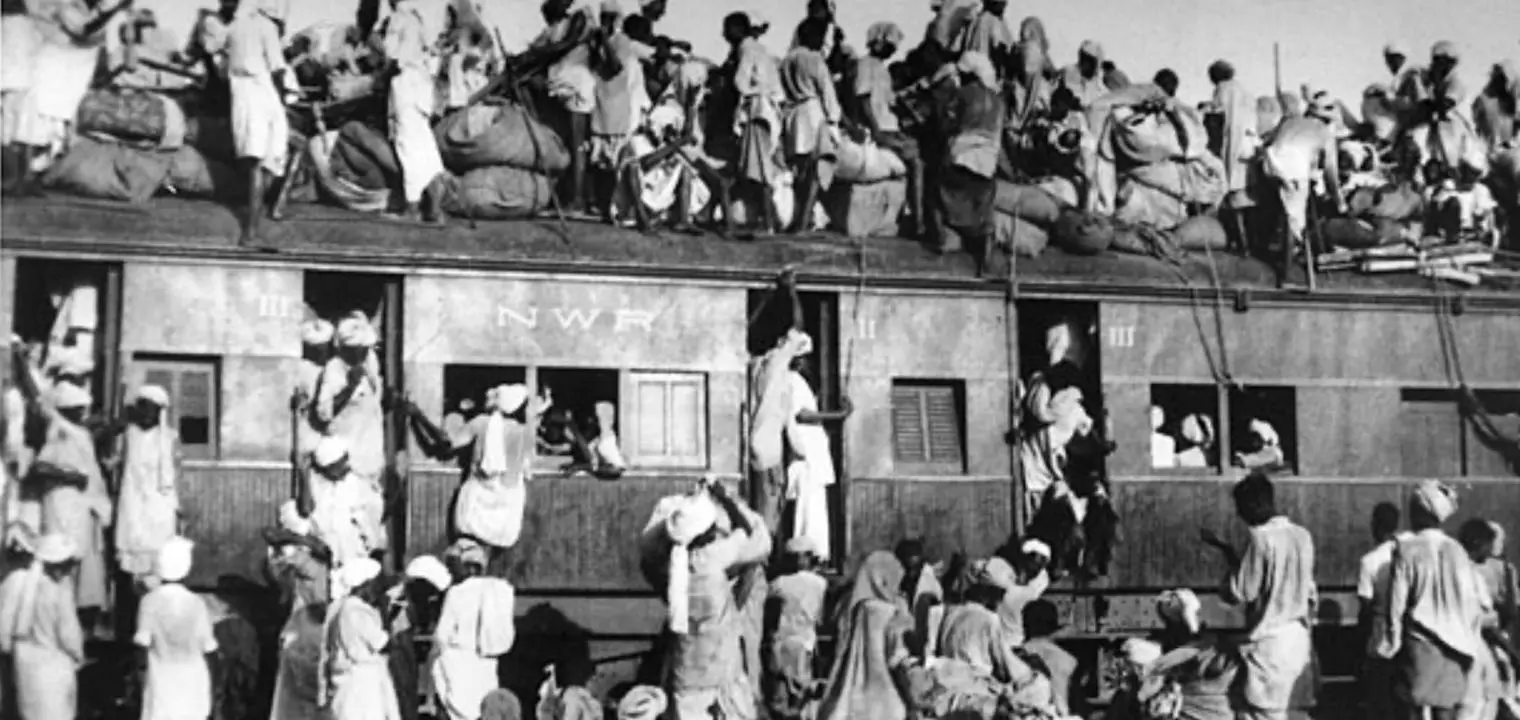
Contents
There has been a lot of research on the impact of displacement on the places people are displaced from, but more limited interest in the impact on the places people are displaced to. There is also a lot of literature on refugee camps and detention centres, but in an increasingly urbanised world most displaced people actually live in cities. This is where Dr Sanyal would like to shine a light:
"Even in Jordan, Zaatari [refugee camp] might be iconic of Syrian refugees and displacement (it is one of the largest refugee camps in the world). But the majority of Syrians don’t live in Zaatari, the majority of Syrians live in places like Amman," she remarks.
Migrants and the urban poor
This urban majority lives alongside the urban poor in cities across the Global South, Dr Sanyal reflects. "The lives of migrants and the urban poor come together as they inhabit precarious spaces within cities – both are subject to continuous forms of violence and uncertainty, including evictions. Displacement for both has become woven into the fabric of their lives and the lives of the cities which they inhabit."
Dr Sanyal believes this creates a feeling of solidarity from shared experiences of being marginalised, but also animosities when resources like housing or employment are scarce, and where certain groups have access to aid and others don’t.
I don’t agree with the distinction that is made between forced and economic migrants … .These are superficial boundaries … created to separate out groups of people.
Displacement as fundamental to the development of the Global South
Dr Sanyal wants to carve out new ways of thinking about displacement. Cities in the Global South, she argues, are made through a continual process of displacement – displacement out of homes or settlements, as well as displacement of migrants into city spaces.
"How does displacement as a concept and a process transform places through the presence and labour of those who are displaced; through the reception of those who receive the displaced; and through the aid and support of those seeking to support displacement?" She continues, "I don’t agree with the distinction that is made between forced and economic migrants … These are superficial boundaries that are created to separate out groups of people who have overlaps between them in important ways."
Migrants in cities are often seen as victims, rightly – of draconian forms of persecution, exploitation and violence – but Dr Sanyal also sees them as "authors of urbanisation, in the place-making of cities,", something that is reflected in a series of case studies she has been examining.
Place-making in Calcutta
South Asia witnessed one of the largest mass migrations of people in the last century – estimates say between 10 to 15 million people were displaced in the aftermath of partition in 1947. Two and a half million of those were displaced across the Eastern border into India in the space of just three years, between 1947 and 1950, with 433,000 people ending up in Calcutta (officially re-named Kolkata in 2001).
The entire suburban area of Calcutta, surrounding the city, was made up of refugee colonies, who squatted on land belonging to the government or private landholders. A significant proportion of these refugees came from middle-class backgrounds, and so, Dr Sanyal remarks, "the recovery of middle class-ness" is key to understanding their occupation and transformation of these spaces, as well as their refusal to go into refugee camps or return to East Pakistan.
"It’s not just that they built their own houses," she continues. "They also set up the infrastructure – the social, political and cultural infrastructures themselves. So there is a very important process of place-making that occurs."
These middle-class squatters dug the ponds, they built the roads, they set up the markets and cultural festivals, as well as engaging in politics around property ownership and rights, fighting against those who sought to evict them from these spaces. In the 1970s, these areas went on to be hotbeds of the Naxalite (Maoist) movement in Bengal, driving further the political transformation of the city. Dr Sanyal argues that these communities shaped the city of Calcutta, both politically and culturally. The areas continued to be marginalised, but over time were formalised and regularised, and today are indistinguishable from other middle-class areas of the city.
The reception of people also becomes an important way in which displacement reconfigures local areas.
Reception and support of refugees in Lebanon and Greece
The second example Dr Sanyal explores is the support by NGOs of refugees in urban areas in Lebanon and Greece.
As a result of the Syrian crisis, Lebanon has the highest per capita population of refugees in the world, with 1.5-2 million people (in a population of 6 million). But the country has a no refugee camp policy and so displaced people live in informal settlements, or in privately rented apartments or spaces. The challenge to NGOs on the ground is how to support this quantity of people when they can’t be easily located.
Whilst the Lebanese have been extremely welcoming to Syrian refugees, they have faced their own economic and political crises, which have affected the hospitality extended towards people over such a prolonged period (11 years now since the crisis). NGOs started by giving emergency aid, but over time that began to antagonise local communities also in need of support, and so they have had to adapt the ways in which they provide aid. "Neighbourhood-based approaches" identify areas with high concentrations of Syrian refugees and then make specific improvements, which support the refugees and the host community – for example, by improving street lighting, installing a tube well or improving a local park.
Greece, on the other hand, is seen primarily as a transit country, with displaced people stopping to get their refugee documents then moving onto other countries in Europe. Over 100,000 refugees have come into Greece, and a lot of attention has focused on their arrival in the islands and the camps located there. Dr Sanyal has turned her focus to urban areas, like the city of Thessaloniki, where again it is NGOs who are providing support to asylum seekers. There are very specific criteria asylum seekers must meet to be moved from the islands into the cities in mainland Greece. NGOs will support families in these circumstances, providing them with accommodation, as well as education, legal support and so on, on a temporary basis. What Dr Sanyal found interesting in Thessaloniki is that the Major Development Agency, which worked as a delivery partner in these schemes, has taken some of what they learnt in providing accommodation for asylum seekers to address a wider problem of affordable housing in the region.
"What the local government is now trying to do is take what they did with the asylum seeker programme – which is to reach out to specific landlords, bring certain apartments up to particular standards and be able to rent them out at a certain level – as an affordable housing programme which is being picked up by the Greek government."
She continues: "So we can see then that the reception of people also becomes an important way in which displacement reconfigures local areas. That NGOs, both local and national, will draw on aid to then transform neighbourhoods, as we can see in the Lebanese case, and that will make quite significant changes to places. And then we can see it also percolates into some of the more longer-term policies for local governments (as in Greece)."
Displacement reconfiguring humanitarian aid
Dr Sanyal is also exploring the ways in which humanitarian aid is beginning to take an urban turn, and how different NGOs, funding agencies, donors and multilateral organisations are engaging with the question of urban crises.
She concludes, "And again what we are seeing very slowly is a gradual shift towards thinking about the urban agenda and how to support people in urban areas … and recognising that there is now a nexus between humanitarian crises and development, and how to intervene knowing that it’s not just about short-term crises anymore."
This LSE Research Showcase was written up by Louise Jones, Head of Research Communications and Engagement at LSE.
Download a PDF version of this article

